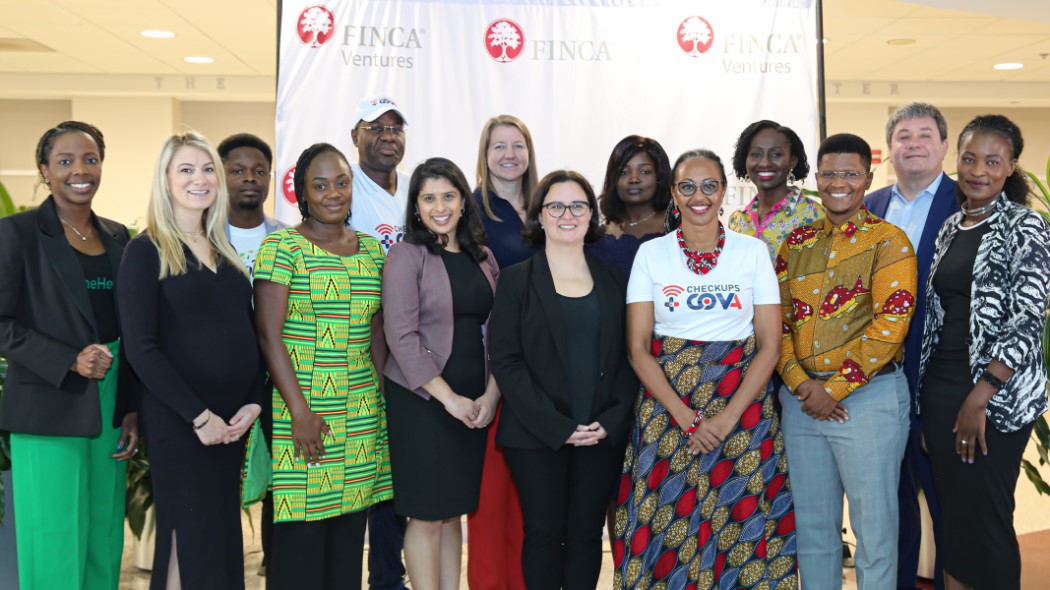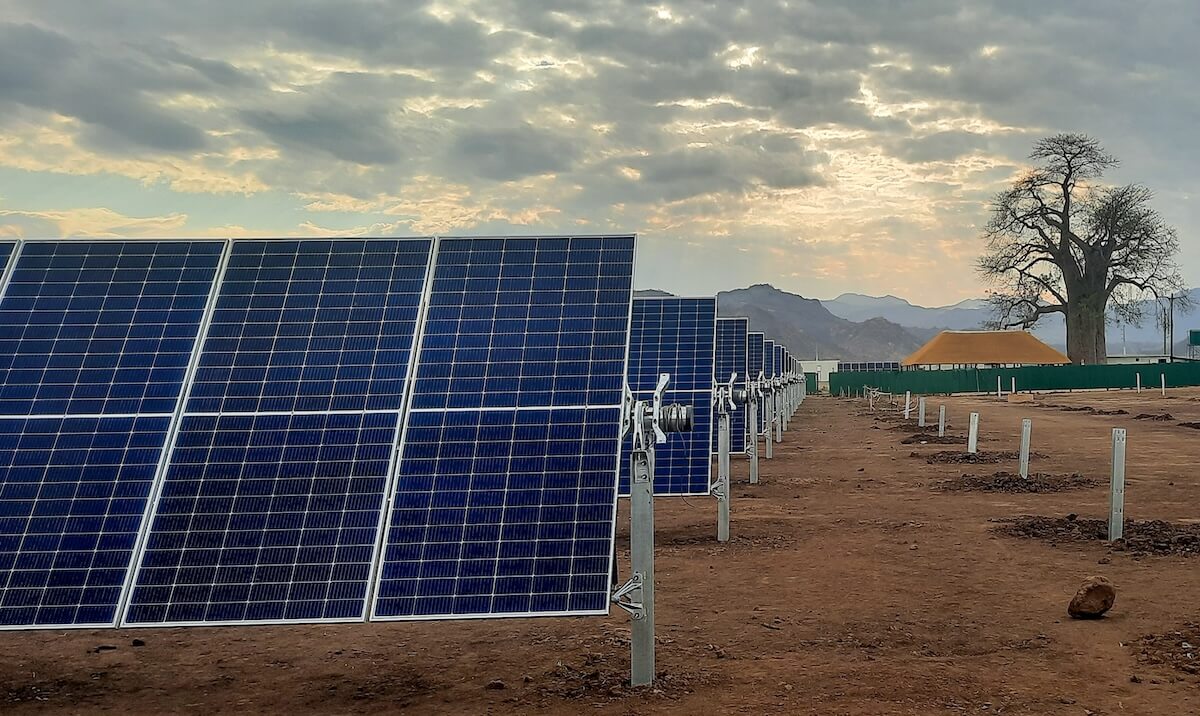Where was the fish fillet on my dinner plate caught? Was it mishandled? Is this species endangered?
Consumers increasingly want to know the story of their seafood. That has been a market barrier for small-scale fishermen and women, who make up 90 percent of the world’s fishing workforce.
 The data gaps begin as soon as a fish is pulled onto a fishing boat’s deck. The location of the boat itself may be unknown. The species and quantity may not be noted, or recorded only with pencil and paper. Whether the fish is put on ice at the proper temperature may be impossible to confirm. About half of the fish that comes ashore is unfit for sale in the international markets, reducing profits for fishers while leaving local buyers with substandard product.
The data gaps begin as soon as a fish is pulled onto a fishing boat’s deck. The location of the boat itself may be unknown. The species and quantity may not be noted, or recorded only with pencil and paper. Whether the fish is put on ice at the proper temperature may be impossible to confirm. About half of the fish that comes ashore is unfit for sale in the international markets, reducing profits for fishers while leaving local buyers with substandard product.
“We’re solving for the data gap in the global fish supply chain,” says David Solomon, CEO of Pelagic Data Systems, based in San Francisco, which has developed a low-cost vessel monitoring system that passively collects fishing data, helping to raise the value of the catch and the income of the fishers.
 The solar-powered device, the size and shape of a paperback book, is installed on the boat in five minutes and with four screws. Wireless sensors can collect, for example, the boat’s location, activity, storage temperature, and catch methods. Data uploads to the cloud through a cellular network to provide a visual dashboard for fleet operators, buyers, regulators and conservationists. (Pelagic Data Systems is a finalist in the Fish 2.0 business competition now underway.)
The solar-powered device, the size and shape of a paperback book, is installed on the boat in five minutes and with four screws. Wireless sensors can collect, for example, the boat’s location, activity, storage temperature, and catch methods. Data uploads to the cloud through a cellular network to provide a visual dashboard for fleet operators, buyers, regulators and conservationists. (Pelagic Data Systems is a finalist in the Fish 2.0 business competition now underway.)
The data can prove the fish are compliant with sustainable practices and food safety. So called ‘storied fish‘ can command premium prices in the market. Such transparency can also lead to greater efficiency, conservation and economic development for poor fishing communities.
Better Data, Better Business
Seafood distributors understand the benefits. “Companies want to assure customers that they aren’t eating the last fillet of tuna. How do they do that?” asked Jerry Knecht, founder and president of both North Atlantic Inc. and P.T. Bali Seafood International, which provides sustainable seafood products to U.S. supermarkets, restaurants, and wholesale distributors.
Bali Seafood is completing a year-long pilot project in which the company deployed Pelagic’s Ultra Light vessel monitoring system on small fleet based in Indonesia. The pilot is part of Knecht’s decades-long effort to reform the fishing industry through education of fishers and introduction of fisher-centric technology. Reform that has enabled a 15 to 30 percent increase in payments for fishermen selling to Bali Seafoods without increasing catch load. With Pelagic’s technology, Knecht can check on his boats’ activity from a laptop. “Marry a passive tracking device with the electronic traceability system we already have in place, and we’ve finally got full visibility,” he said.
That increased efficiency has enabled Bali Seafood to expand its product offerings. Last Valentine’s Day, Knecht, sold 46,000 pounds of sweetlips to a US restaurant chain for a holiday special. The colorful sweetlips fish, almost too pretty to eat much less rot in the sun, has generally been treated as trash. Caught accidentally as bycatch, it was left on the deck to decompose in the heat, or was sold by the inch, not the pound, to local markets.
More than 90 percent of the world’s capture fishers could be considered artisanal – small boats working small-scale, near-shore fisheries selling to local markets or to buyers shopping for the international market. For years, collecting data from artisanal fishers has befuddled researchers. Other attempts include unscalable image-based methods or self-reporting, neither which deliver reliable results. “Handheld devices were forgotten, lost at sea, treated like toys, stolen or sold,” said Knecht. What makes Pelagic different is that the devices are passive, discreet, durable and designed for remote servicing and upgrades.
Such data can also streamline conservation efforts. Monitoring can help fisheries management officials understand the value that is being extracted and traded, adjusting for fair prices and quotas. Monitoring systems also can alert officials to the use of contraband gear, or if fishing is taking place in protected areas. This decreases patrol time, improves enforcement efficacy and saves money.
“Data itself is fundamental to healthy commercial fisheries, and to improving the sustainability of fisheries.” says Sam Grimley of the Sustainable Fisheries Partnership.
The fisheries partnership has created the FishSource database, an open-access repository of 1000+ sustainability assessments and improvement needs for fisheries. As FishSource grows, it may reduce one barrier to seafood companies engaging in fisheries improvement – access to reliable data. By capturing data such as harvest location, fishing effort, by-catch, and catch composite, fishery stakeholders can develop informed management plans and stock assessments that address sustainable catch limits and mitigate environmental impacts. Data collection supports traceability to help ensure fish are harvested in accordance to regulations.
“Our goal is to enable other people’s programs to succeed,” said Solomon. “The biggest problem in fisheries is that there is no data; we’re helping people with ground truth. We want companies to succeed, conservationists to succeed, and good governance to succeed.” As Peter Drucker famously said, what gets measured gets managed.
[seperator style=”style1″]Disclosure[/seperator]
ImpactAlpha’s Financing Fish follows investors and entrepreneurs seeking opportunities in the $390 billion seafood industry’s shift towards sustainability. Sign up for the Financing Fish newsletter here.
Photo Credits: Pelagic Data Systems












